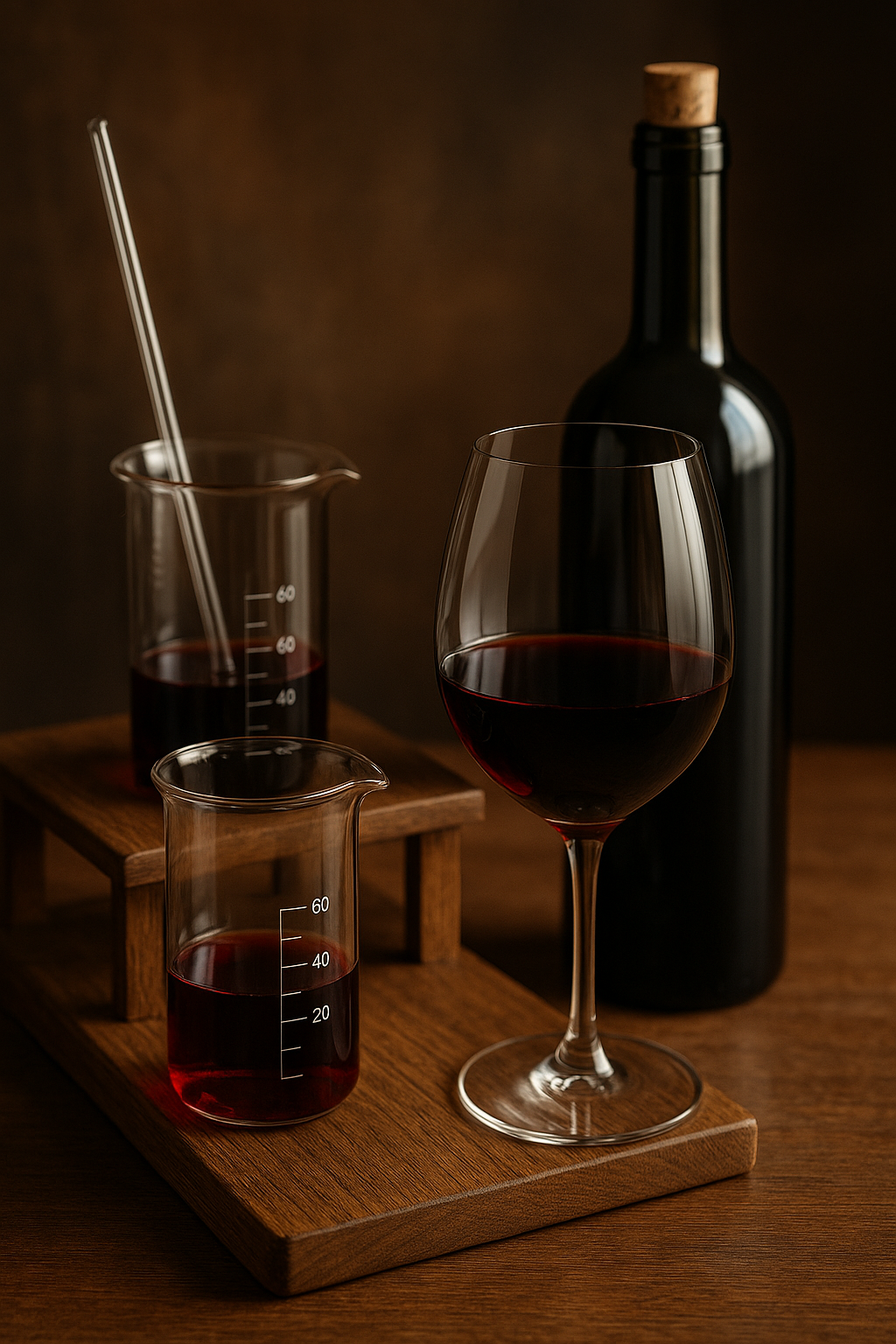
Bordeaux tannins meet Napa's ripe fruit notes
Share
The Unique Characteristics of Bordeaux and Napa Wines
Bordeaux and Napa Valley wines, while both celebrated globally, exhibit distinct characteristics shaped by their respective terroirs and winemaking traditions. Bordeaux wines are renowned for their structured tannins, which often lend a sophisticated backbone to the blend of grape varieties, predominantly Cabernet Sauvignon, Merlot, and Cabernet Franc. These tannins, derived from the region’s gravelly soils and temperate climate, contribute to the wine's aging potential, allowing it to evolve gracefully over decades.
In contrast, Napa Valley wines are characterized by their lush, ripe fruit notes, a result of the region’s warm climate and extended growing seasons. Here, Cabernet Sauvignon often boasts a plush, fruit-forward profile, with flavors of black cherry, plum, and hints of vanilla from oak aging. This opulence contrasts with Bordeaux’s more restrained fruit expression, creating a delightful tension between the two styles. Ultimately, the interplay of Bordeaux's firm tannins and Napa's ripe fruit creates a fascinating dialogue for wine enthusiasts, highlighting the diverse expressions of the grape across different landscapes.
The Art and Science of Blending: Creating Harmonious Wines
Blending wines is both an art and a science, where winemakers harness their creativity and technical knowledge to achieve a harmonious balance of flavors, aromas, and textures. In the world of wine, particularly when marrying the robust tannins of Bordeaux with the luscious fruit notes characteristic of Napa Valley, the process becomes a delicate dance. Each varietal contributes its unique profile; for instance, Cabernet Sauvignon from Bordeaux offers structure and depth, while Napa’s Merlot may introduce a velvety softness and ripe berry nuances.
The winemaker's palate is critical in this process, as they must envision the final product while tasting individual components. Precision in blending ratios can elevate a wine from good to exceptional, creating layers of complexity that engage the senses. Moreover, the aging process plays a pivotal role; as the blended wine matures, the interaction between the varietals can soften harsh tannins and enhance fruit characteristics, leading to a beautifully integrated wine that reflects the best of both worlds.
The Consumer's Perspective: Appreciating the Fusion of Old and New World Flavors
For consumers, the allure of wines that blend the traditional terroir of Bordeaux with the exuberant fruitiness of Napa Valley is a tantalizing journey through taste and geography. This fusion creates a complex tapestry of flavors that invites exploration and appreciation. Imagine the elegant structure provided by Bordeaux's renowned tannins, which often carry earthy, herbal notes, seamlessly intertwined with the lush, ripe fruit character typical of Napa wines.
This marriage of styles not only showcases the craftsmanship of winemakers who dare to transcend regional boundaries but also speaks to the evolving palate of today’s wine drinkers. Enthusiasts are increasingly drawn to wines that tell a story—one that bridges the old world’s heritage with the new world’s innovation. As these wines age, the interplay of tannins and fruit often leads to a harmonious balance, revealing layers of flavors that evolve over time. This dynamic experience elevates each sip, making the tasting journey all the more rewarding for those willing to embrace the unexpected.
